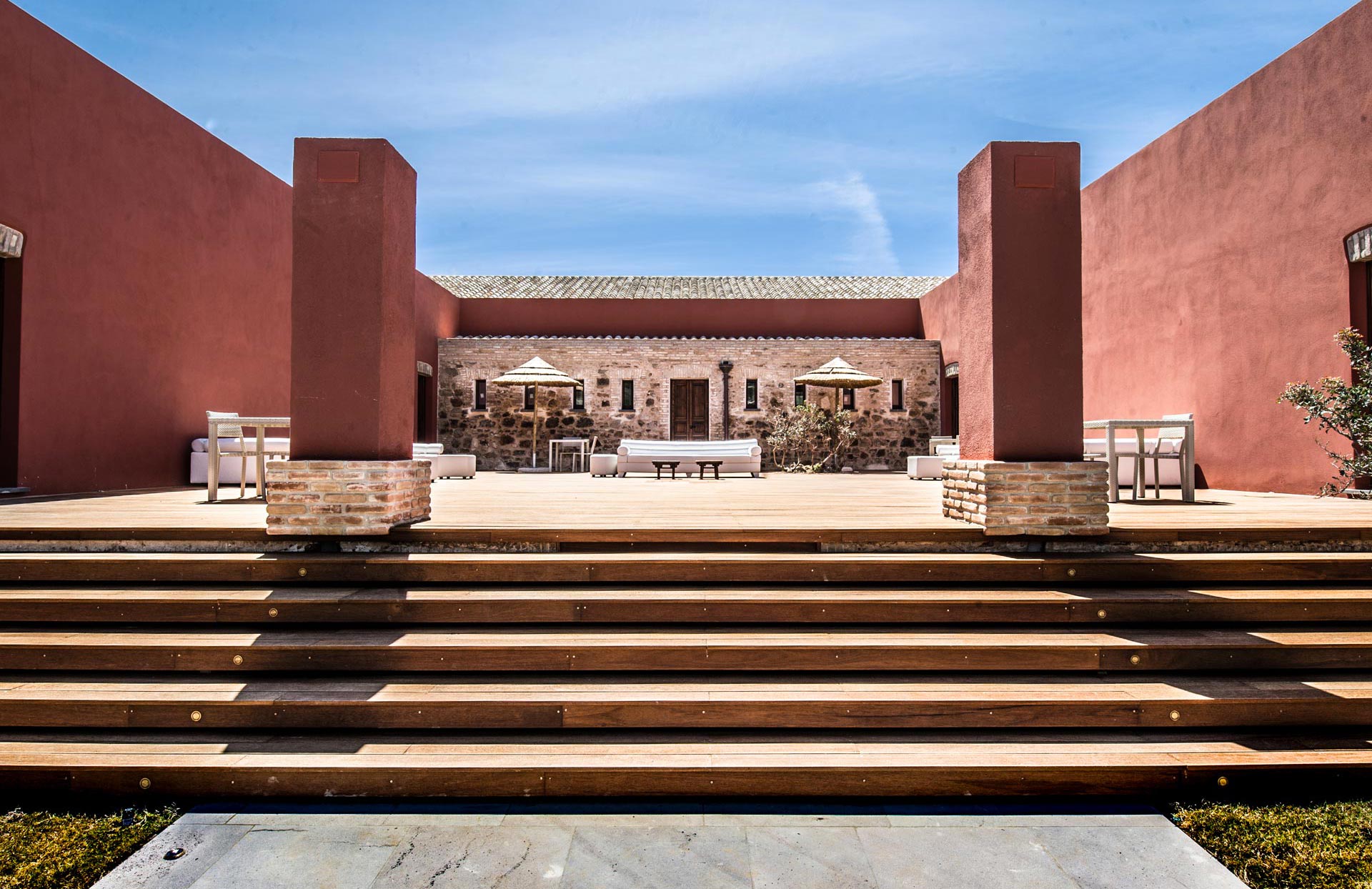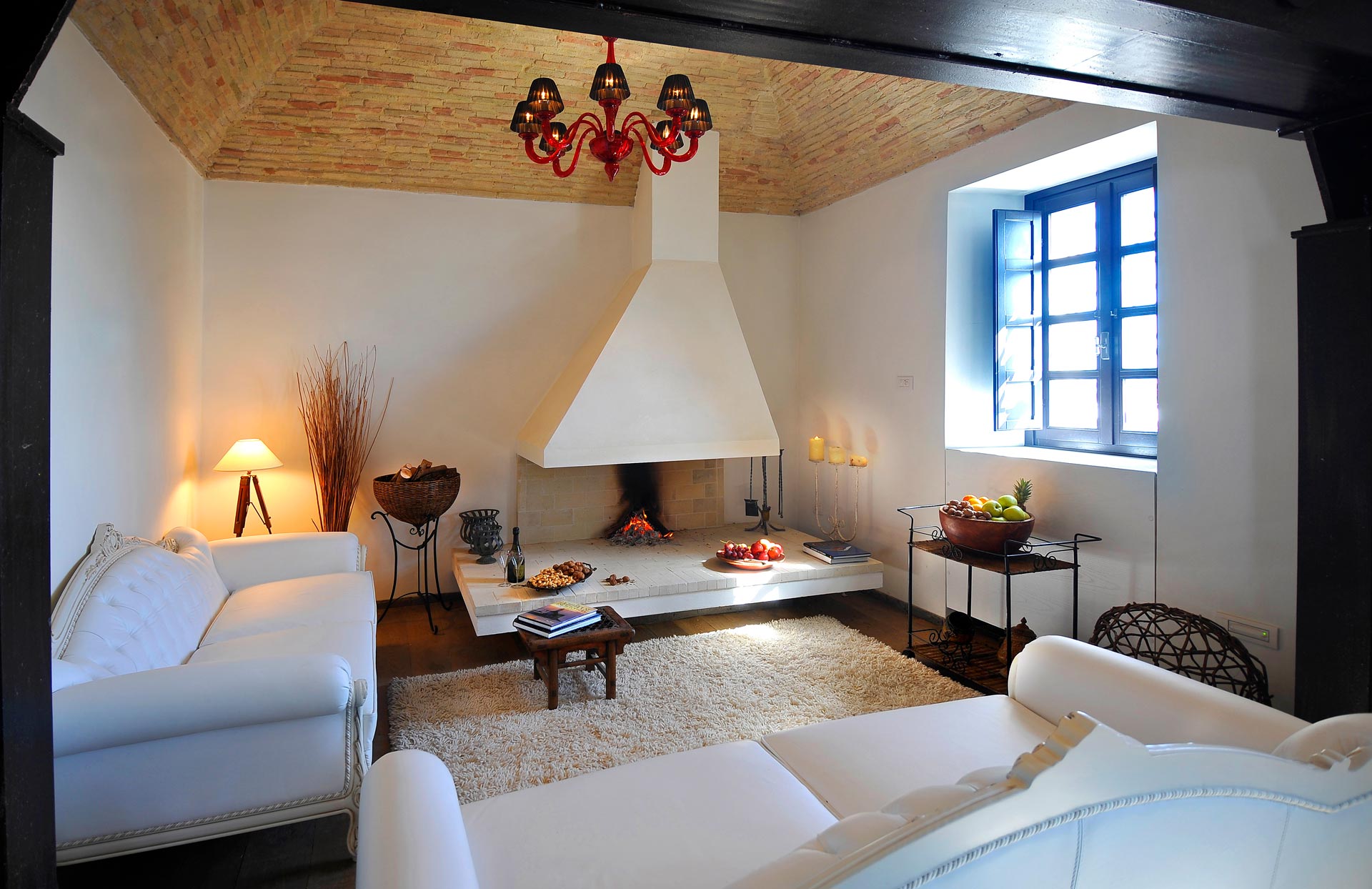HISTORY
THE BIRTH OF THE CAPO-SPARTIVENTO LIGHTHOUSE
Perched on the rugged rock of South Western Sardinia, the Capo-Spartivento Lighthouse was built in 1854 by the Italian Navy on behalf of Vittorio Emanuele di Savoia.
Struck by American aircraft during World War II, it was restored after the conflict and housed the lighthouse keeper’s family until the 1980s, when automation brought an end to the changing of the guard. Having fallen into oblivion for more than 30 years, the Lighthouse lived on in the dreams of those who, with passion and dedication, then formulated and implemented the ambitious renovation project, which began in 2006. Today, the building is the first lighthouse in Italy whose purpose is hospitality, awarded by the leaders of the Italian Navy as an example of recovery of military architecture.

THE NEW LIFE OF THE LIGHTHOUSE
The Capo-Spartivento Lighthouse is an architecture of light, which for over 160 years has illuminated the paths of sailors. The conservative restoration work of the building was a process of skilful renovation of the spaces, which lasted eight years. Preserving its historical memory, the Lighthouse has acquired the charm of a minimal Mediterranean style in which environment, architecture and tourism meet. The entire building is enriched in value with the principles of green building, thanks to which the structure is managed in an almost completely self-sufficient way. Stone, granite, basalt, wrought iron and wood are the materials from which the internal lines and external profiles are made. Photovoltaic panels produce electricity and a desalination plant purifies seawater for the functions of the property. A phytoremediation plant enables the recovery of waste water to water the garden.

DÉCOR
All the walls and furnishings at the lighthouse tell stories: stories of distant lands and ancient craftsmanship, unique stories, such as that of the lighthouse they inhabit. Objects from different places and eras are combined with contemporary design pieces, in which the theme and passion for travel become the main characters in the narrative. In perfect harmony, modern red chandeliers in Murano crystal or Louis XIV-style white leather chairs are placed among ancient precious artefacts: bases of Turkish chariots in which to consume breakfast by the pool, or a majestic Indian trunk that contains the books in the tea room. In the bathrooms on the ground floor, the sinks rest on an ancient Mongolian mortar and the frame of a mirror conceals 42 Indian stamps, which were once used to print fabrics.
Viale Spartivento 09010
Domus De Maria CA
Email: info@farocapospartivento.com
Tel. + 39 393 827 6800

NEWFARI SRL
via San Lucifero, 87
09125 Cagliari (CA) – ITALIA
Partita iva: IT03653950927

Viale Spartivento
09010 Domus De Maria (CA) – ITALIA
Email: info@farocapospartivento.com
Tel.: + 39 393 827 6800




